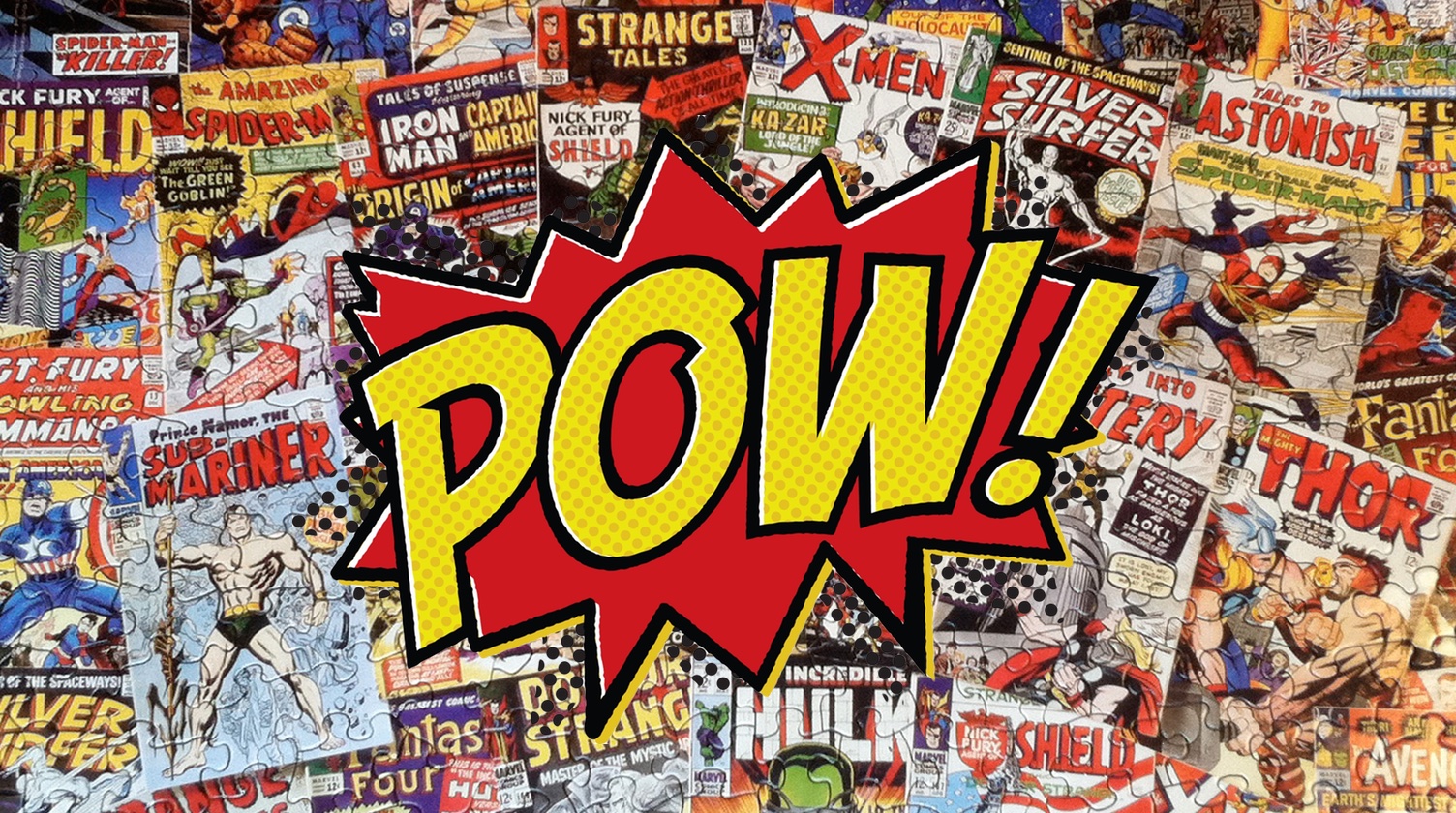
Why all the fuss? Well, the truth is that the comics industry has had a complicated relationship with female characters. They are often hyper-sexualized, unnecessarily brutalized, stereotyped, and used as tokens. They’re also rare. Only 26.7 percent of all DC and Marvel characters are female, and only 12 percent of mainstream superhero comics have female protagonists.
And:
The data suggest that less-physical powers — such as empathy, intellect, and telepathy — tend to be more represented among female characters. Men however, often have highly physical powers, as well as those that involve gadgets. Female characters dominate in relatively few physical abilities; and those where they do are often tied to gender stereotypes. Pheromone control — the ability to generate and control pheromones that affect emotional and physical states, such as sleep, fear, and pleasure — occurs five times as often in a female character. Sonic scream appears in twice as many female characters as male; and prehensile hair — the ability to control one’s own hair — appears in female characters seven times more often.
Fascinating deep dive.